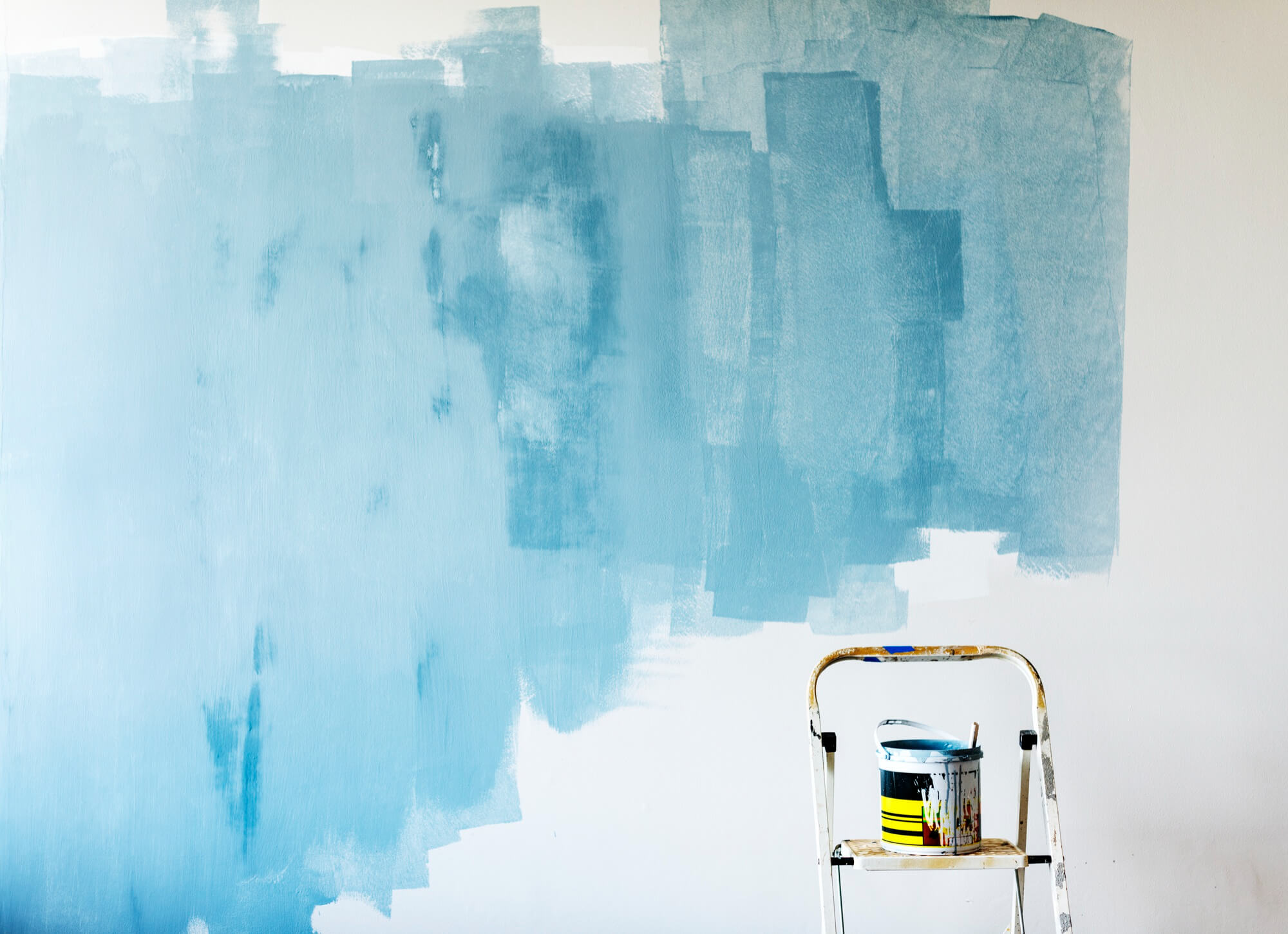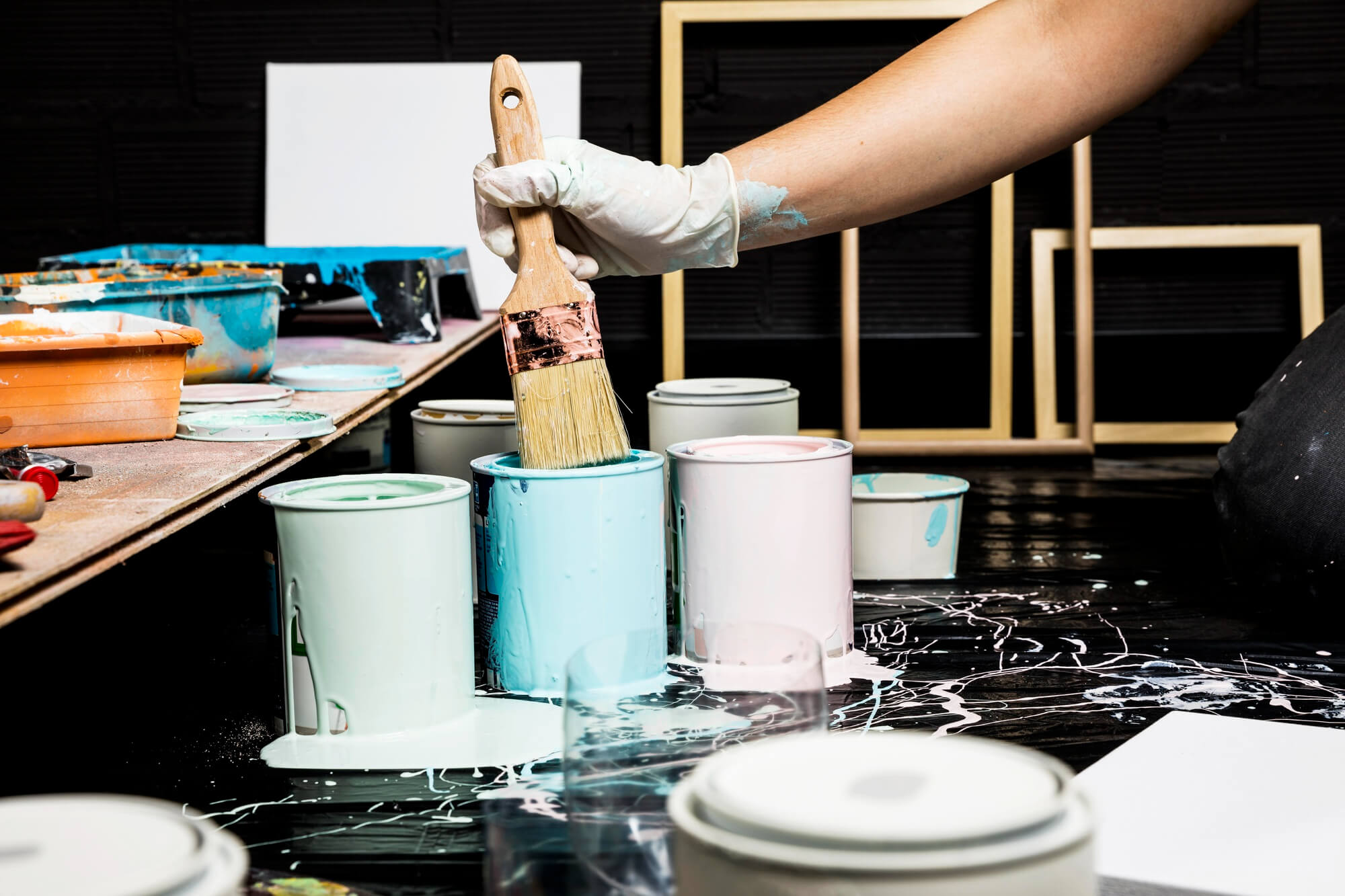When you buy a newly built home, the walls are typically painted with what’s known as “builder-grade” paint. This paint is often used because it’s cost-effective and easy to apply in large quantities. However, you may wonder how long this paint typically lasts. In this article, we’ll delve into the longevity of builder-grade paint and factors that may impact its lifespan.
Table of Contents
- What is Builder-Grade Paint?
- Expected Lifespan of Builder-Grade Paint
- Factors Impacting Paint Longevity
- Conclusion
What is Builder-Grade Paint?
Builder-grade paint, often referred to as contractor-grade or value-grade paint, is a type of paint commonly used in new construction and large-scale painting projects. This term describes cost-effective materials typically of lower quality than premium or designer-grade alternatives.
Builder-grade paint is popular among builders and contractors for a few key reasons:
- Economical: Builder-grade paint is typically less expensive than other types of paint, making it a cost-effective choice for projects with an enormous scope or a tight budget. This price difference allows builders to keep overall construction costs down.
- Efficiency: This type of paint is often thinner in consistency, allowing for easier and faster application. It’s typically easy to spray, roll, or brush onto surfaces, allowing quick coverage of large areas.
- Fast Drying: Builder-grade paint often dries quickly, which is beneficial during construction when multiple tasks need to be completed promptly.
However, it’s important to note that the lower cost and efficient application of builder-grade paint often come with trade-offs. For instance, because of its thinner consistency, builder-grade paint may not cover as well as higher-quality stains, and it may require more coats to achieve a solid, even color, which could lead to additional labor costs. Moreover, builder-grade paint may not be as durable or washable as higher-end alternatives, potentially leading to more frequent touch-ups or repainting.
Despite these trade-offs, builder-grade paint can provide a decent finish and be an acceptable solution for newly constructed homes or large-scale painting projects where budget and efficiency are key considerations.
Expected Lifespan of Builder-Grade Paint
The longevity of builder-grade paint is an essential factor to consider, especially when planning for a new home’s maintenance and future costs. Generally, builder-grade paint is expected to last between 3 to 5 years, though this can vary significantly depending on several factors.
It’s important to note that the lifespan mentioned is not guaranteed, and the “3 to 5 years” is a general guideline for typical conditions and use. The paint may only last briefly if the painted areas are subjected to frequent wear and tear, harsh environmental conditions, or lack of maintenance.
Also, the longevity of builder-grade paint is often connected to its lower initial cost. While it might be more cost-effective upfront, its relatively short lifespan could lead to more frequent repainting requirements. Higher-quality paints, while more expensive initially, often offer better coverage, durability, and overall lifespan, reducing long-term maintenance costs.
Ultimately, the expected lifespan of builder-grade paint should be viewed within the broader context of your home maintenance plans. Builder-grade paint can be cost-effective if you’re comfortable with the potential for more frequent touch-ups or a complete repaint within a few years. However, if longevity and reducing future maintenance are your priorities, investing in higher-quality paint might be better.
Factors Impacting Paint Longevity
A range of factors can influence the lifespan of builder-grade paint, and knowing these can help you plan for maintenance and understand when a repaint might be necessary. Here are some of the essential factors that can impact paint longevity:
- Environment: The environmental conditions where your home is located can significantly impact paint longevity. For instance, areas with high humidity or extreme temperatures can cause paint to degrade more quickly. Houses in regions with lots of sun exposure may also see paint fade faster. Furthermore, coastal homes exposed to salt in the air may require more frequent repainting.
- Surface Preparation: The condition of the walls before they were painted plays a crucial role in the longevity of the paint. If the walls weren’t properly cleaned and primed before painting, the paint might not adhere correctly, leading to peeling or bubbling, which reduces its lifespan.
- Maintenance: Frequent cleaning and maintenance can extend the life of the paint. This includes gentle cleaning of painted surfaces to remove dust and grime and touch-up painting when necessary. In contrast, neglecting maintenance can lead to the paint deteriorating faster.
- Quality of Application: How the paint was applied can also affect lifespan. If the paint was applied too thinly or too thickly, or if the appropriate number of coats was not used, it might not last as long. Additionally, using the correct type of roller or brush and proper painting techniques can also impact the durability and lifespan of the paint.
- Type of Surface: Different surfaces can impact paint longevity as well. For instance, paint tends to last longer on plaster compared to drywall. Surfaces with much texture or porous might also affect how long the paint lasts.
By assessing these factors, you can better understand and plan for the maintenance needs of your home’s paint job.
Conclusion
While builder-grade paint may last less time than the higher-quality alternatives recommended by Weiler Painting, it can still provide an acceptable finish for several years. By understanding the characteristics of builder-grade paint and the factors that influence its lifespan, as explained by Weiler Painting, you can make an informed decision about when to repaint your new home.



